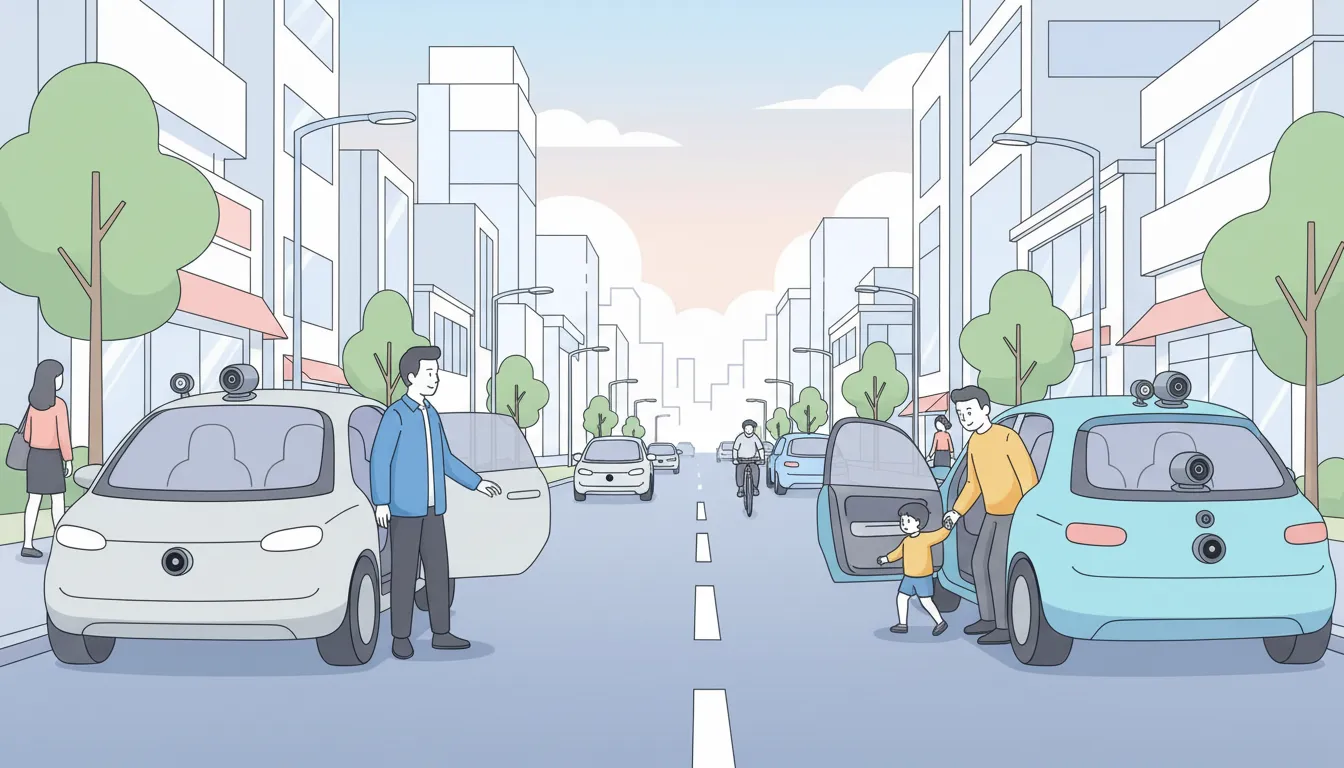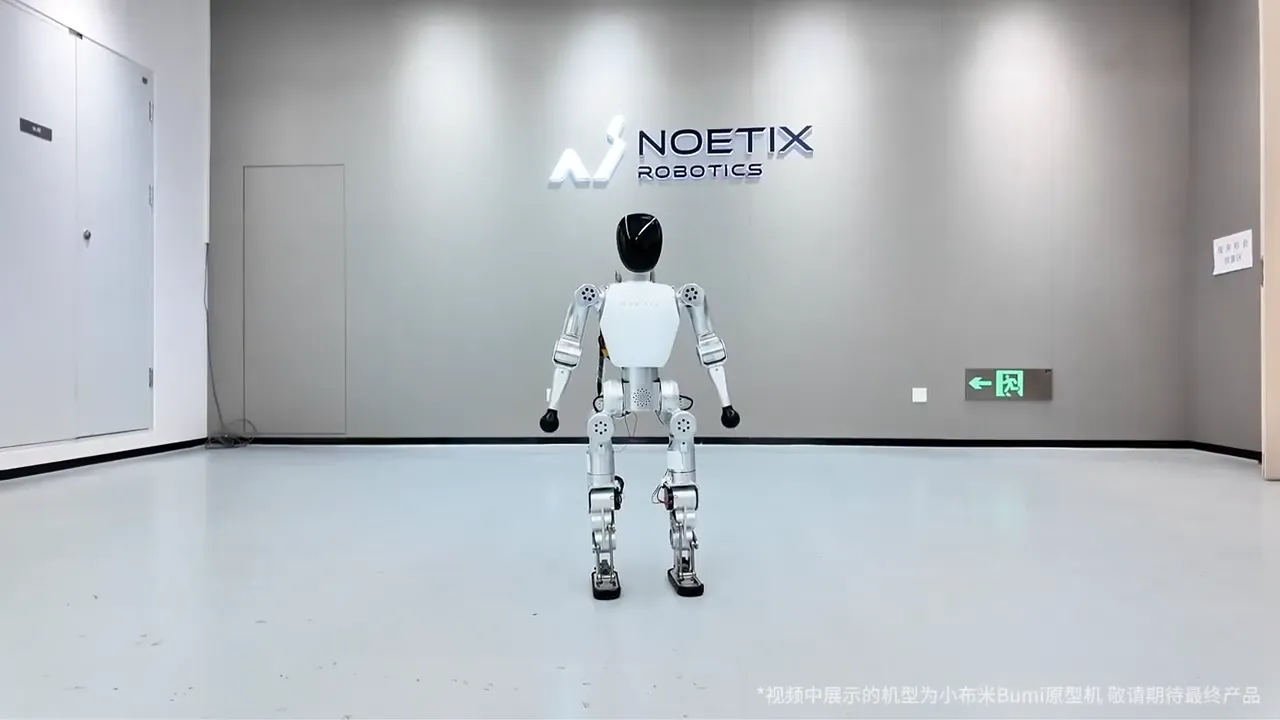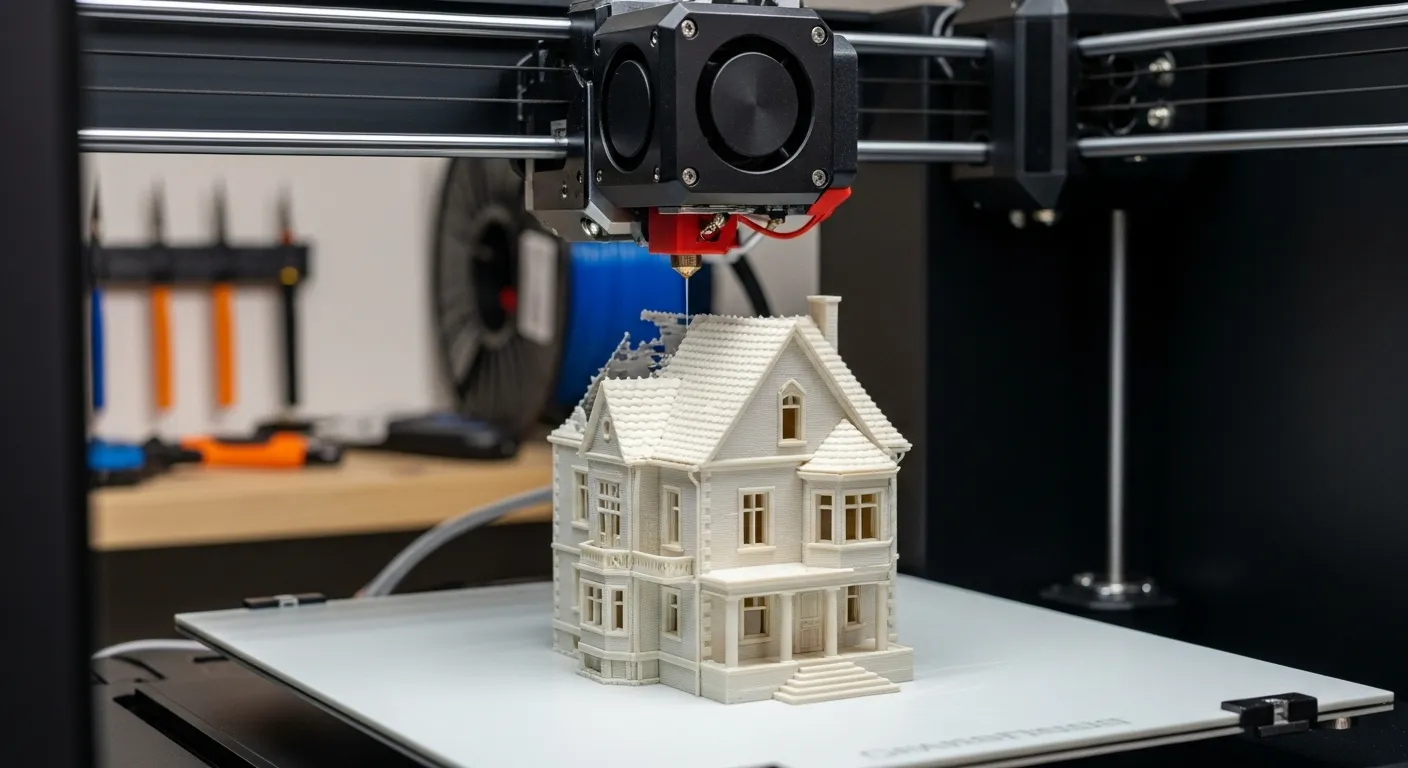- New open-source tools: NVIDIA released two major open-source components, the Isaac Groot N1.6 AI Model and the Newton Physics Engine.
- Smarter Robots: GROOT N1.6 gives robots humanlike reasoning, to comprehend vague commands and handle situations they haven't seen or train before.
- Realistic Training: The Newton Physic Engine ensures all robot skills learned in the simulation environment are so accurate, they can work the same in real world.
- Future Impact: These tools are openly accelerating the developed of general-purpose robots, adaptable to any kind of environements.
In the recent Conference on Robot Learning (CoRL 2025 ) in Seoul, NVIDIA announced a pivotal moment for the robotics industry, uniting advanced AI with high-fidelity simulation environment. By open-sourcing the Newton Physics Engine and releasing the latest Isaac Groot N1.6 foundation model, NVIDIA is providing the essential "brain" and "body" needed to accelerate the development of truly autonomous, general-purpose robots.
Why is this Relevant?
This development is important because it tackles two of the biggest bottlenecks in the modern robotics: Realistic Training (Simulations) and General Intelligence.
- Closing the Sim-to-Real Gap: Robots are primarily trained in simulation because real-world training is time consuming and expensive. However, discrepancies between the virtual and physical worlds—the "sim-to-real gap"—often cause real-world deployment failures. The Newton Physics Engine aims to minimize this gap.
- Enabling General-Purpose Robots: Most existing robots are purpose-built for one task (e.g., a welding arm). Isaac GR00T, a Vision-Language-Action (VLA) model, is designed to give robots humanlike reasoning and common sense, allowing them to handle the complex, ambiguous, and novel tasks required of a general-purpose machine.
What Does It Do?
The Newton Physics Engine (Open-Source)
Newton is a new, GPU-accelerated physics engine developed in collaboration with Google DeepMind and Disney Research. Built on NVIDIA Warp and Open USD, this developer framework a better building and accelerating simulation and spatial computing, Newton enables robots to acquire and refine physical intelligence in a safe, virtual environment and is compatible with robot learning frameworks such as MuJoCo Playground and NVIDIA Isaac Lab.
- Function: It creates highly accurate and complex physical simulations. This is crucial for advanced robotics, especially humanoids, which have intricate joints and balance requirements.
- Key Feature: Newton's flexible design and GPU acceleration allow developers to simulate extremely complex interactions, such as walking through sand or gravel and gently handling deformable objects (like cups or fruit). The open-source nature, managed by the Linux Foundation, invites community contributions to ensure maximum fidelity.
.webp)
Isaac GR00T N1.6 Foundation Model
GR00T, stands for Generalist Robot 00 Technology, is the AI brain developed by NVIDIA to interpret the world. The N1.6 version is the latest iteration.
- Function: It is a reasoning vision-language-action model that acts as the robot's cognitive engine. It can break down vague natural language instructions into executable, step-by-step physical plans using prior knowledge.
- Key Feature: The integration of NVIDIA Cosmos Reason allows the model to handle the "long tail" of unforeseen scenarios—the new experiences a robot has never explicitly been trained on. The model enables advanced, coordinated operations, such as simultaneous movement and object handling, like opening a heavy door while holding an object.
What Has Been Affected?
This dual-pronged release is expected to have a profound impact on the entire robotics ecosystem:
- Accelerated Research and Development: By providing state-of-the-art tools for both simulation (Newton) and intelligence (GR00T) in an open-source framework, NVIDIA has lowered the barrier to entry for researchers and startups. Training cycles that once took weeks can now be completed significantly faster.
- Rise of the Generalist Robot: The move directly challenges the traditional specialized robot model. Companies developing humanoids (like Agility Robotics and Boston Dynamics, which have had early access to the technology) can now train their robots to be more versatile and adaptable across various environments, from warehouses to homes.
- Validation of Simulation-First Approach: The emphasis on the quality of the simulation environment (Newton within NVIDIA Isaac Lab and Omniverse) validates the industry consensus that synthetic data generation and high-fidelity virtual training are the most scalable paths to mass-produced, intelligent robots.
The Dawn if Generalist Robotics
With the open-source Newton Physics Engine and the Isaac GROOT N1.6 foundation, is more than an incremental update; it is a fundamental restructuring of the robotics development ecosystem. By making these foundational tools open and accessible (available on NVIDIA Isaac Sim), NVIDIA is not merely selling a product, but fostering a collaborative environment that will exponentially accelerate research and development. This dual-thrust approach—uniting highly realistic virtual training with humanlike cognitive power—signifies the long-awaited arrival of the age of generalist robotics, enabling machines that can adapt, reason, and perform complex, multi-step tasks across industries and environments worldwide.






